Cutting gardens are a contentious topic among some allotmenteers. Many traditionalists regard their plot as a space solely dedicated to growing food. Indeed, some allotment societies take a dim view of flower growing. However, the benefits of growing pollinator-friendly species are well proven, widening biodiversity by attracting pollinators and beneficial insects to keep everyone’s fruit and vegetable patches productive.
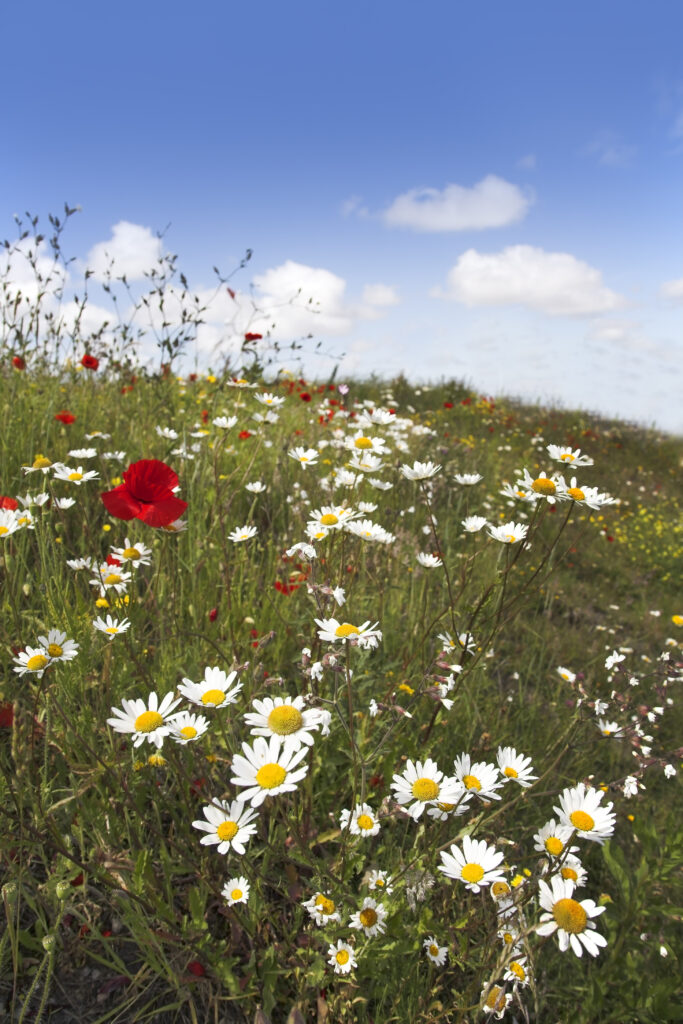
A carefully curated cutting garden can provide a year-round supply of cut flowers and foliage for the home, as well as presenting a low-cost means of surprising loved ones and acquaintances with stunning bouquets. Many flower species are suitable for drying, particularly blue echinops, statice, strawflowers, lavender, astrantias, and yarrow, the latter species coming in a surprisingly wide array of different colours.
The giving of flowers is a deeply rooted practice in many cultures, signifying celebration, remembrance, and love. This universal gesture transcends time and social structures, evoking emotion in a very instinctive and primal way.
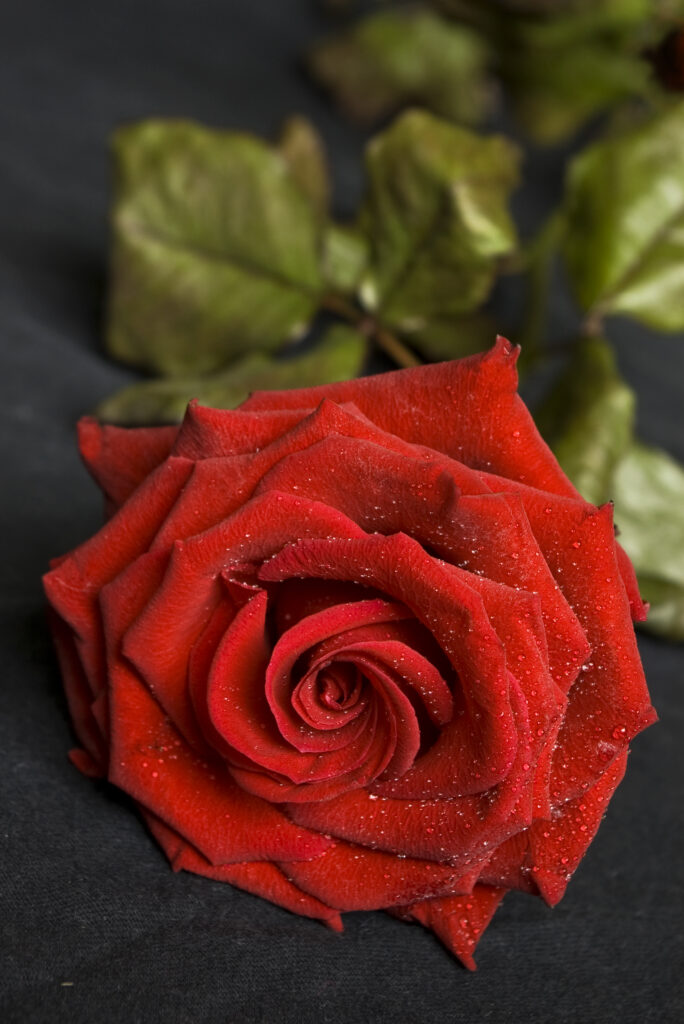
Humans have been giving flowers as gifts for millennia, with evidence of flower symbolism and use in ceremonies dating back to ancient civilisations in Greece, Egypt and Rome. In the United Kingdom, the tradition gradually evolved between the medieval period and the Victorian era, the language of flowers – floriography – becoming prominent latterly.
Floriography centres around each flower carrying its own specific symbolic meaning. Even today, certain flowers are widely accepted as representing particular sentiments and occasions. For example, red roses are associated with romance and St Valentine’s Day; poppies signify remembrance; and holly and poinsettias are associated with Christmas.
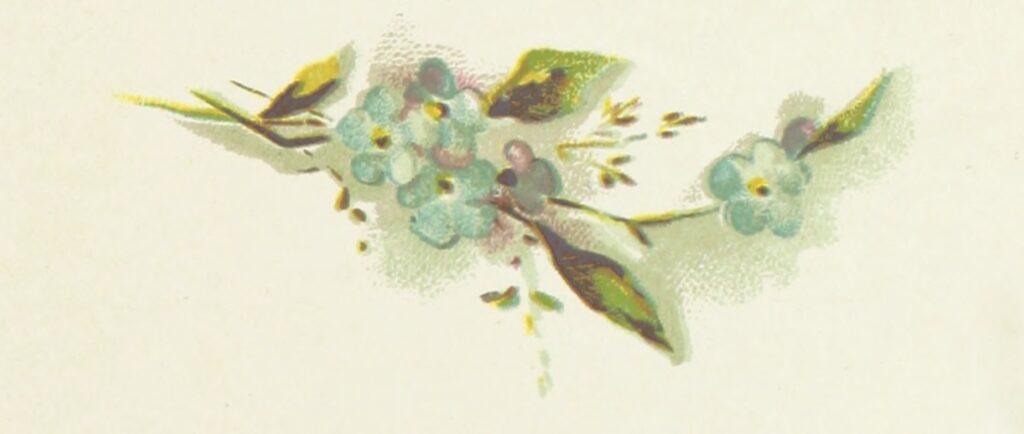
Floriography is a cryptological communication conveyed through the selection and arrangement of flowers. In the Victorian era and onwards, it was used to express secret sentiments, although its origins stretch back much further. The English poet and aristocrat, Lady Mary Wortley Montagu, is credited with developing the fad, albeit having misconstrued the practice.
Having accompanied her husband, an Ambassador, to Constantinople in Turkey, Lady Montagu developed a fixation with the Turkish game of “sélam”. In the letters she wrote home, she referenced a popular pastime among Turkish women that involved sending secret messages to each other through the exchange of objects that rhymed with another word.
In fact, Lady Montagu misunderstood the custom quite significantly, scandalising it as an elaborate coded floral language adopted by harem concubines to communicate with their secret lovers, when in fact it was something far less salacious. According to Lady Montagu, there was no flower, fruit, herb, weed, pebble or feather that did not have a verse attached to it, proponents using this secret language to communicate their friendship, passion, civility, reproach or quarrel.
When Lady Mary Wortley Montagu’s letters were published in the 1760s, the concept of sélam was convoluted even further. The notion of a secret flower language piqued the imagination of the European public. By this point in time, Brits in particular had become obsessed with anything Ottoman or Egyptian orientated. Entranced by the distant lands of the orient, which they fetishised as mysterious, exotic places, the British public proved eager to latch on to any trend seemingly emanating from the region, irrespective of whether it was culturally accurate or not.
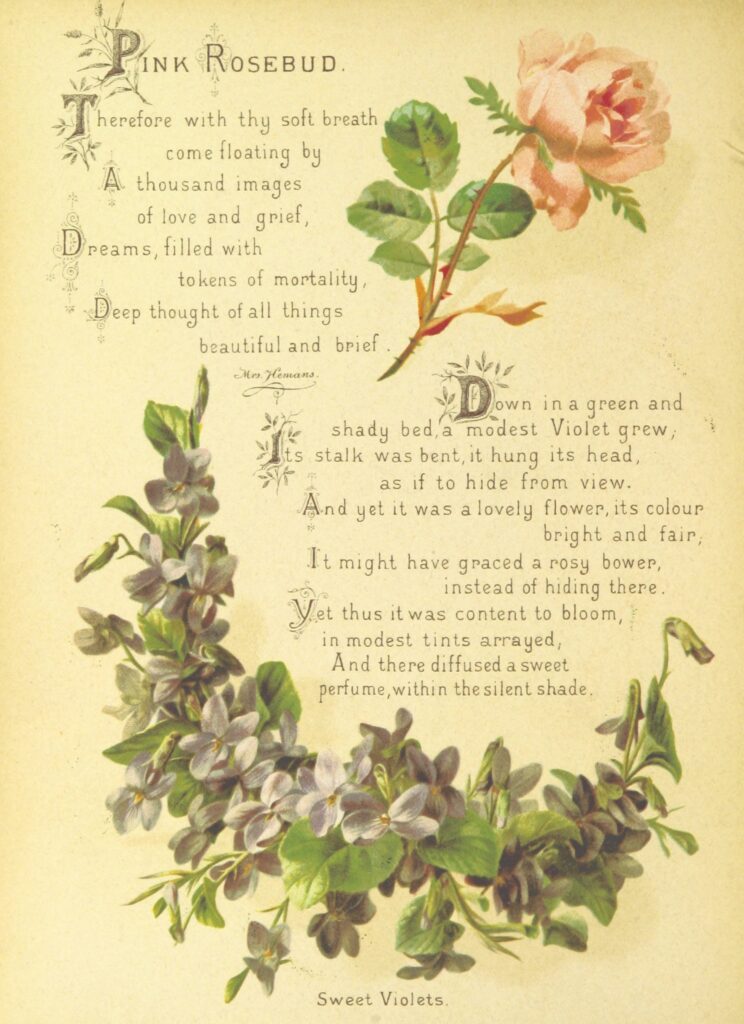
Once floriography caught on, greenhouses and entire gardens were dedicated to cultivating rare flowers. By the early 1800s, publishers started compiling lists of flowers and their secret meanings, eager to cash in on the growing floriography trend. Meanings were attributed based on traditions, colour, myths, medical use, or just the theoretical whimsy of whoever was compiling the dictionary.
The significant appeal of floriography lay in its ability to enable users to communicate their desires without uttering a single word. The concept of a secret code was incredibly appealing to the Victorians, who existed in a conservative society where expressing emotion and feelings was regarded as an irredeemable no-no. For Victorian women in particular, few modes of acceptable creative expression were available, but flowers were the exception. Even the placement of flowers could be construed in different ways. In Victorian England, floral gifts were used to convey a myriad of different messages – from anger to regret to eroticism – all of which could be denied the instant things got out of hand. They were just flowers, after all, the meaning of these floral tributes a matter of interpretation.
According to accounts from the time, the English novelist Oscar Wilde appealed to friends to wear a green carnation on their lapels to denote their homosexuality. Today, nothing says “I love you” like a stunning bouquet. But in the 1800s, this language communicated a complex array of different intentions, from an undying commitment to a refusal, or even an accusation of infidelity.
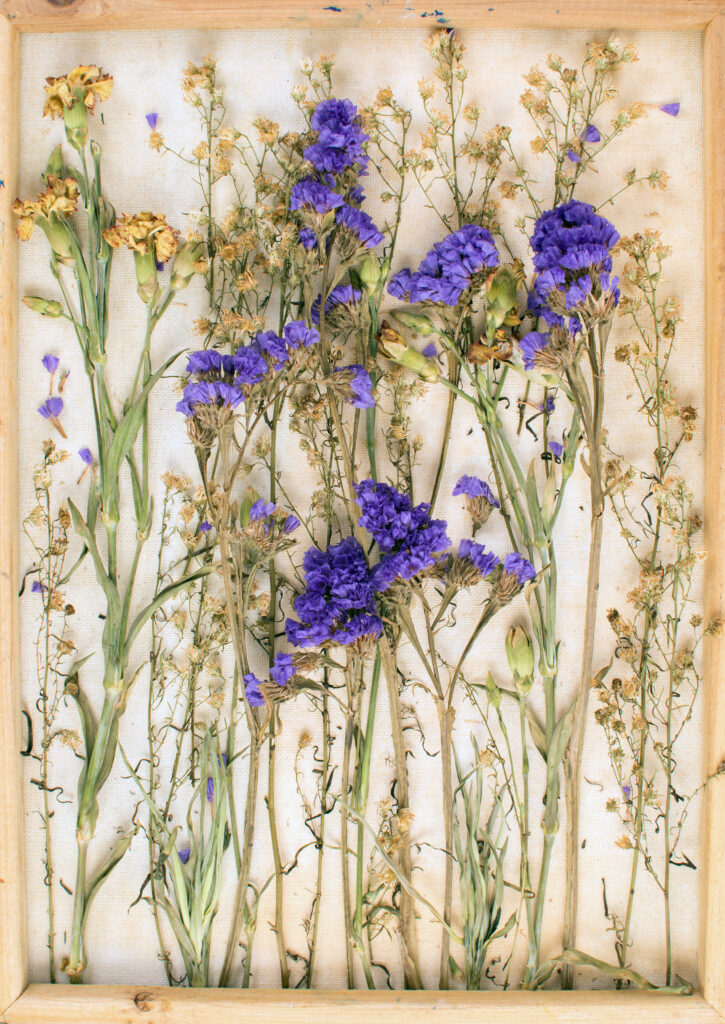
One of the earliest books published on the subject was Floral Emblems: A Guide to the Language of Flowers by the British botanist and horticultural writer, Henry Phillips. Published in 1825, the piece drew on classical literature, earlier French floriography, Shakespearian associations, and Phillips’ own imagination, providing meanings for different flower breeds and colours.
In Henry Phillips’ wake, many other writers followed, the list of purported meanings growing significantly over the century. Different writers attributed different meanings to plants. For example, while one writer suggested that the rose represents beauty, another inferred that a white rose could denote a range of different meanings, from innocence to silence to a Holy death.
Popular flower meanings include:
- Myrtle, signifying love.
- Honeysuckle, representing devoted affection.
- The rose, meaning beauty. Nevertheless, colour choice is all-important. While red roses represent love, yellow suggests infidelity.
- The pansy, suggesting that the recipient occupies the sender’s thoughts.
- The carnation, a symbol of pride and beauty.
- Oleander, translated as beware.
- Basil, meaning I hate you.
Many authors integrated floral decoding in their works, including Charlotte Bronte in Jane Eyre. In Chapter 9, she references the protagonist gazing upon snowdrops, crocuses, purple auriculas and gold-eyed pansies, which correspond with her feelings of hopefulness, cheerfulness, modesty and distraction.
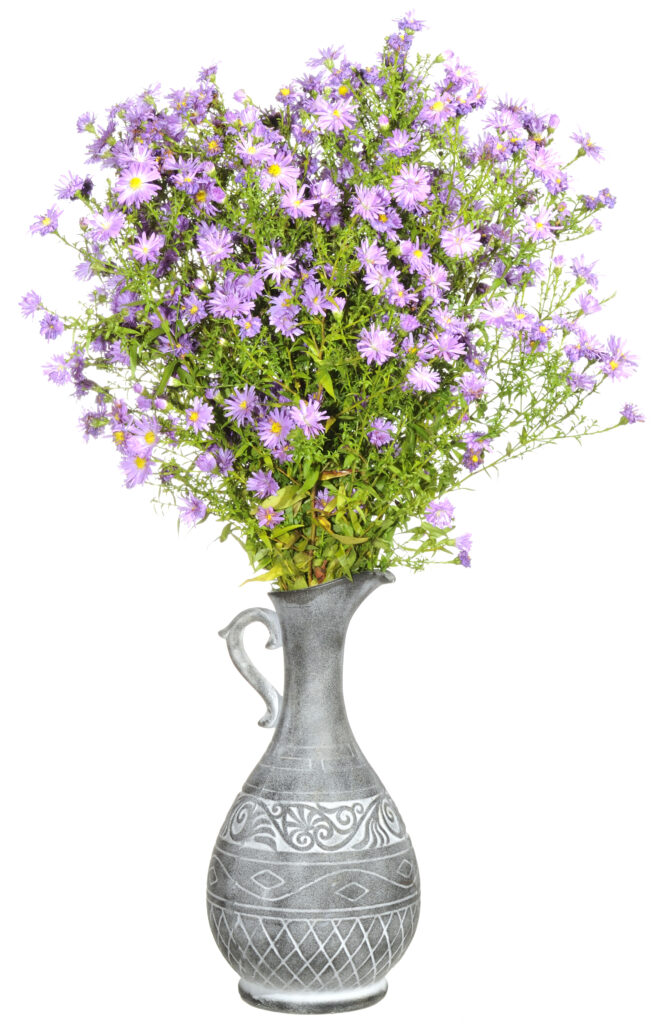
Described as the intellectual equivalent of stopping to smell the roses, floriography is a centuries-old symbolic language that encourages people to stop and look closer, considering more deeply that which is delicate, small and beautiful. While flower meanings are subjective, resonating differently with different people and cultures, giving flowers remains a powerful way of showing appreciation, expressing emotions, and creating positive connections with others.
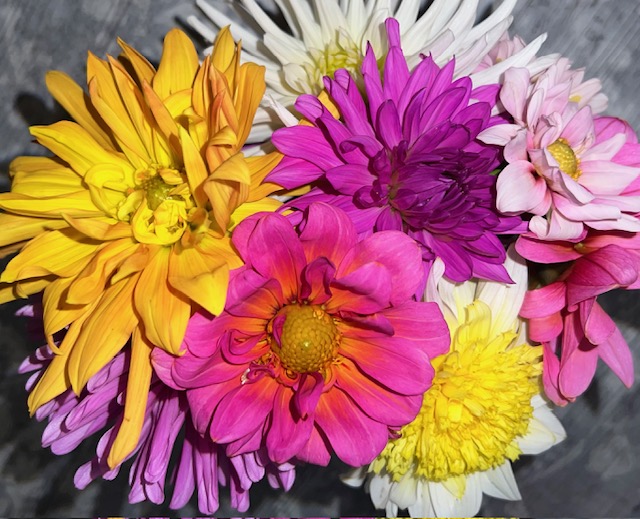

Leave a Reply